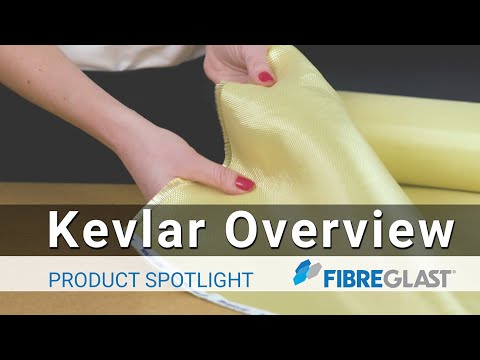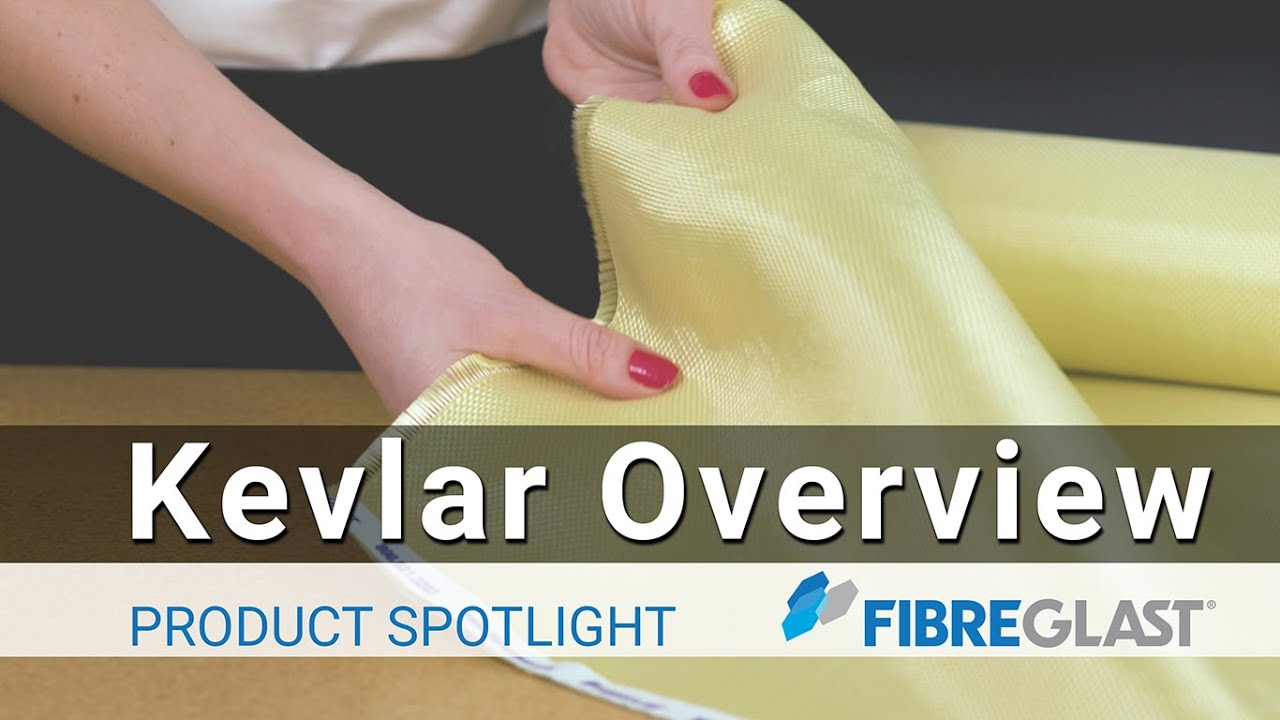Kevlar fabrics are revolutionizing the way we think about textile technology. With their incredible strength, durability, and versatility, these fabrics are capturing the attention of industries and individuals worldwide. Whether it’s for high-performance sports gear, protective equipment, or even bulletproof vests, Kevlar fabrics offer unparalleled protection and peace of mind. Designed to withstand extreme conditions, these fabrics are woven with kevlar fibers, known for their remarkable strength-to-weight ratio. This means that they not only provide exceptional resistance to tears and abrasions but also remain lightweight and flexible, ensuring maximum comfort and mobility. Moreover, these fabrics possess remarkable heat and flame resistance, making them ideal for applications in aerospace, automotive, and military sectors. The added benefit of Kevlar fabrics is their ability to absorb and disperse impact energy, making them an excellent choice for various protective gear and reinforcements. From firefighters battling intense flames to athletes seeking top-notch performance, Kevlar fabrics continue to push the boundaries of innovation, offering unmatched protection for those who rely on them. Experience the strength, durability, and peace of mind that Kevlar fabrics bring, and discover a world where safety meets performance.

The Revolutionary Kevlar Fabrics: Unveiling the Secrets of Its Strength and Versatility
When it comes to high-performance materials, Kevlar fabrics stand out as one of the most remarkable inventions of the 20th century. Developed by Stephanie Kwolek at DuPont in 1965, this lightweight yet incredibly strong synthetic fiber has been revolutionizing industries and saving lives ever since. In this article, we will explore the fascinating world of Kevlar fabrics, discussing their composition, properties, applications, and the future prospects of this extraordinary material.
The Composition of Kevlar Fabrics
Kevlar fabrics are composed of long, interlinked chains of para-aramid polymers, a type of synthetic fiber renowned for its exceptional strength and heat resistance. The key component of Kevlar is poly-paraphenylene terephthalamide, which is synthesized through a complex chemical process involving the combination of various chemicals such as terephthaloyl chloride and paraphenylenediamine. This unique molecular structure gives Kevlar its extraordinary properties, making it five times stronger than steel on an equal weight basis.
The Exceptional Properties of Kevlar Fabrics
Kevlar fabrics possess a multitude of exceptional properties that make them a popular choice in various industries:
1. Unmatched Strength and Durability
Kevlar fabrics are renowned for their incredible strength-to-weight ratio. They are incredibly tough and can withstand high impact forces, making them ideal for applications where strength and durability are critical. Whether it’s bulletproof vests, helmets, or even sporting goods like racing sails and bicycle tires, Kevlar fabrics provide unparalleled protection and longevity.
2. Exceptional Heat Resistance
Kevlar fabrics exhibit excellent resistance to high temperatures, making them suitable for applications involving extreme heat, such as fire-resistant clothing, hot air balloons, and even spacecraft. This remarkable characteristic stems from the aromatic groups present in the polymer chains, which enhance the material’s stability and resistance to thermal degradation.
3. Lightweight and Flexible
Despite its outstanding strength, Kevlar fabrics are incredibly lightweight, making them ideal for applications where weight reduction is crucial. The material’s flexibility allows it to be easily woven into various forms, making it adaptable to different industries such as automotive, aerospace, and even the fashion industry.
4. Chemical Resistance
Kevlar fabrics are highly resistant to a wide range of chemicals, including acids and solvents. This property makes them suitable for applications where exposure to corrosive substances is a concern, such as industrial gloves, hoses, and protective clothing for chemical workers.
5. Electrical Insulation
Due to its high dielectric strength, Kevlar fabrics also find applications in the electrical industry. They are used in the production of insulation materials for cables and wires, as well as in various electronic components where protection against electrical conductivity is essential.
The Wide Range of Applications for Kevlar Fabrics
The versatility of Kevlar fabrics has led to their adoption in numerous industries:
1. Personal Protective Equipment (PPE)
Kevlar fabrics are extensively used in the production of personal protective equipment. From bulletproof vests and helmets for military and law enforcement personnel to gloves, boots, and aprons for industrial workers, Kevlar fabrics provide a reliable shield against various hazards, ensuring the safety of individuals in high-risk environments.
2. Aerospace and Automotive Industries
Kevlar fabrics find wide applications in the aerospace and automotive industries. They are used in the production of lightweight yet strong components, such as aircraft and automobile parts, brake linings, and tires. The material’s high strength and heat resistance contribute to enhancing the overall performance and safety of these vehicles.
3. Sports and Recreation
From professional racing sails and ropes to bicycle tires and body armors for extreme sports, Kevlar fabrics are extensively utilized in the sports and recreation industry. Their lightweight nature, combined with exceptional strength and flexibility, makes them an ideal choice for various sports equipment.
4. Industrial Applications
Kevlar fabrics play a vital role in industrial applications, including conveyor belts, hoses, seals, gaskets, and other components that require exceptional strength, durability, and resistance to chemicals. These fabrics ensure the smooth operation of industrial machinery while providing a safe working environment for employees.
5. Future Prospects
The future of Kevlar fabrics looks promising, with ongoing research and development focusing on enhancing their properties and expanding their applications. Scientists are exploring the potential of incorporating other materials with Kevlar to create hybrid composites with superior performance characteristics. Furthermore, advancements in nanotechnology may enable the production of Kevlar fabrics with extended capabilities, such as self-healing properties and enhanced electrical conductivity.
As we unravel the secrets behind the remarkable strength and versatility of Kevlar fabrics, we begin to appreciate the immense impact they have had on various industries. From saving lives to improving the performance of equipment, Kevlar fabrics continue to pave the way for innovation and progress. With ongoing advancements, it is safe to say that the future holds even greater possibilities for this extraordinary material.
Title: “KEVLAR: Reinventing Toughness for a Resilient Future”
Overview:
KEVLAR, a cutting-edge material, revolutionizes the world of strength, resilience, and protection. Originally developed by DuPont, KEVLAR has rapidly become a game-changer across various industries. This versatile synthetic fiber boasts exceptional strength-to-weight ratio, outstanding resistance to impact, and remarkable heat resistance. Its applications span from bulletproof vests and military equipment to aerospace components and sports gear. With ongoing advancements, KEVLAR continues to pave the way for a safer and more durable future.
List of Kevlar Fabrics
Kevlar Fabrics
| Fabric Type | Composition | Strength | Applications |
|---|---|---|---|
| Aramid Woven Fabric | Kevlar fibers | High tensile strength | Ballistic vests, helmets, and gloves |
| Aramid Non-Woven Fabric | Kevlar fibers | Excellent tear resistance | Reinforcement in tires, conveyor belts, and hoses |
| Aramid Hybrid Fabric | Kevlar fibers blended with other materials | Enhanced performance properties | Boat hulls, aircraft structures, and sports equipment |
| Aramid Laminated Fabric | Kevlar fibers sandwiched between layers | Exceptional impact resistance | Body armor, vehicle armor, and aerospace components |
Kevlar fabrics are renowned for their exceptional strength and versatility, making them a preferred choice in various industries. Aramid woven fabric, composed of Kevlar fibers, exhibits an incredibly high tensile strength, making it ideal for manufacturing ballistic vests, helmets, and gloves. This fabric ensures optimal protection against projectiles and sharp objects.
Aramid non-woven fabric, also made of Kevlar fibers, possesses excellent tear resistance, making it highly suitable for reinforcement in applications such as tires, conveyor belts, and hoses. Its durable nature enhances the lifespan and performance of these products, ensuring reliability in demanding environments.
For applications requiring enhanced performance properties, aramid hybrid fabric proves to be a valuable choice. By blending Kevlar fibers with other materials, this fabric achieves a unique combination of strength, durability, and flexibility. It finds applications in boat hulls, aircraft structures, and sports equipment, where optimal performance is crucial.
Aramid laminated fabric utilizes the sandwiching technique, with Kevlar fibers acting as the core material between layers. This construction grants the fabric exceptional impact resistance, making it an excellent choice for body armor, vehicle armor, and aerospace components. Its ability to withstand high-velocity impacts ensures the safety and protection of individuals and valuable assets.
In conclusion, Kevlar fabrics, available in various types, offer remarkable properties that cater to diverse industry requirements. Their strength, tear resistance, and impact resistance make them indispensable materials in the manufacturing of protective gear, reinforcement applications, and high-performance structures.

